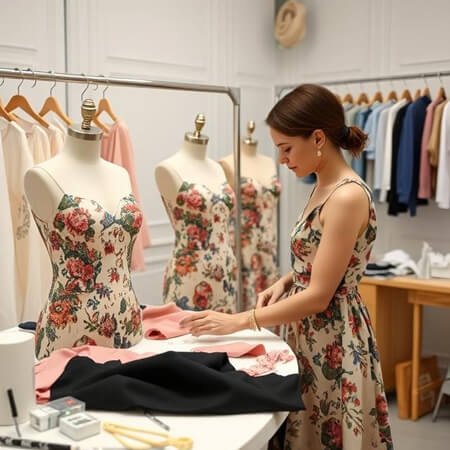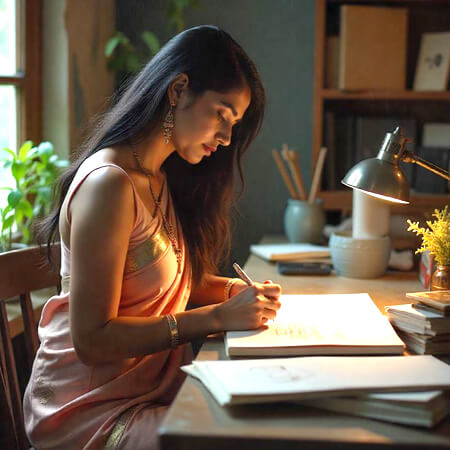Fashion is more than just clothing. It is an expression of personality, culture and identity. It includes clothing, footwear, accessories, hairstyles, makeup and body posture. It changes with trends, history and individual creativity.
Where did the word 'Fashion' come from?
Fashion comes from a latin word '
Facere' which means '
to make'. Fashion is what we visualize. It is the inner feeling of every human being to present himself / herself according to one's own thoughts. Fashion is a term commonly used in relation to clothes, garments,
textiles etc. Fashion changes after a particular period of time. Around the world, styles of dress and fashion are changing very fast and are becoming more and more diversifying curiosity, desire to be different, intimation and combination are some of the reasons for the fashion change. Fashion changes from season to season because of the temperature variations by rain, humidity, heat etc.











 CONTACT USWaves Institute of Fashion Designing,
CONTACT USWaves Institute of Fashion Designing,